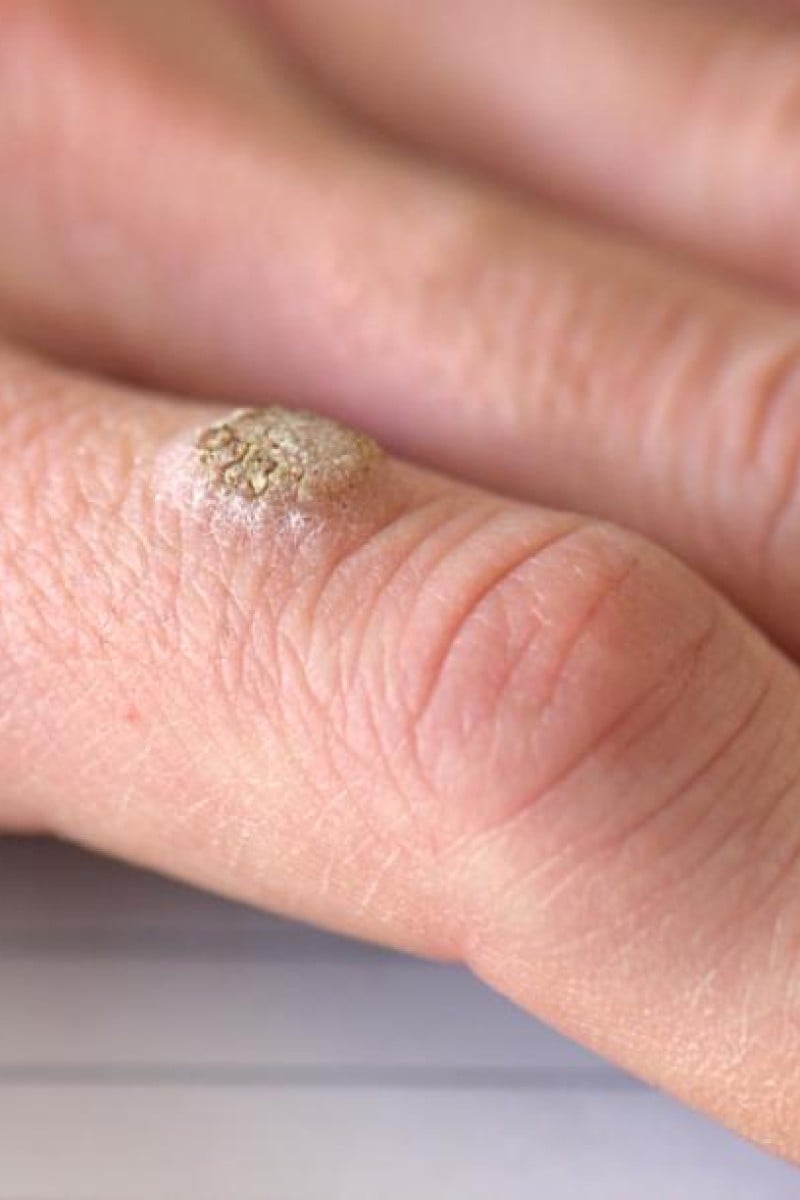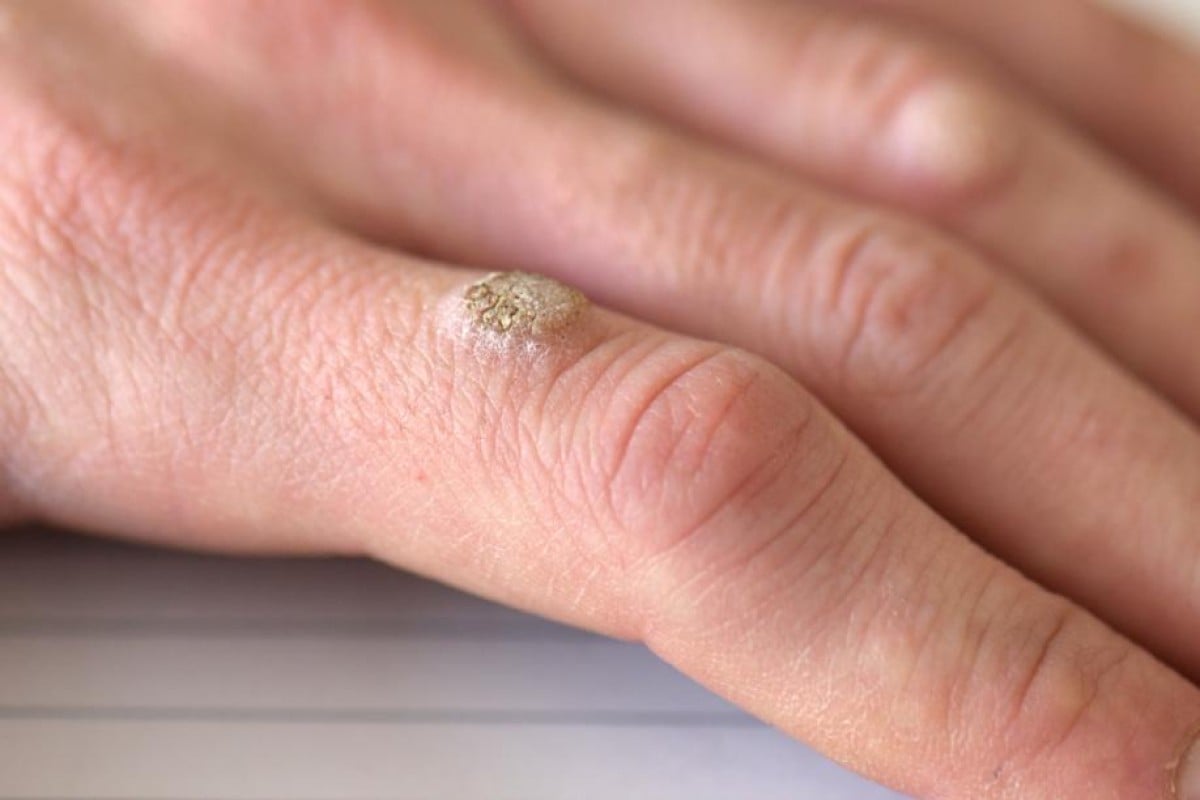
Now you know: What are warts and how do you get rid of them?
We know that warts can be unpleasant to look at, but are they really all that bad?
 Warts usually appear on your palms, knuckles or knees.
Warts usually appear on your palms, knuckles or knees.What are warts and verrucae?
Warts are tough little lumps on your skin that are caused by a virus called “human papillomavirus”, or HPV. These lumps are small, rough, and can appear on your palms, knuckles, and knees, among other places.
Verruca warts are a particular type of wart that appears on the bottom of your feet. These warts are also caused by HPV. They appear as a circle of hard skin with small black dots in the middle, which are blocked blood vessels. Verrucae usually make walking painful, and can feel like you’re stepping on a needle.
How do they spread?
Warts and verrucae are caused by skin contact with the virus. This usually happens when you have small cuts or grazes on your skin.
Verrucae, the warts on the bottom of your feet, are often picked up at swimming pools when people step on the swimming pool deck with their bare feet.
Warts are contagious. The virus can be spread when skin is in direct contact with either a contaminated surface, or with the wart on another person’s skin. The virus is more likely to take hold if your skin is wet or damaged in some way, such as with a small cut.
Let’s make the HPV vaccine free in Hong Kong
How to know if things are bad
Warts aren’t harmful; everyone gets them at least some point in their life. If left untreated, they will disappear naturally within two years.
Still, it’s possible – although unlikely – for a wart to have complications. You should see a doctor if you keep getting warts in the same place, or if they are particularly large or painful. Additionally, warts on the face require more delicate care, because the skin on the face is sensitive.
More serious, but much less common, is when warts bleed or change colour. If you see these two warning signs, you should go to the doctor to get the wart checked out.
Overall, however, warts do not usually need treatment – even if they aren’t pretty.
How to protect against warts and verrucae
One of the most common ways of wart transmission is skin- to-skin or skin-to-contaminated-surface contact.
Basic hygiene, like washing your hands after touching a wart or a surface you think might be contaminated, is key. Additionally, you should take care not to share towels, or other items (like flip-flops) that could have the virus. If you go swimming, make sure you wear slippers or other foot coverings. Walking barefoot by a swimming pool will increase your chance of getting a wart. If you have a verruca, you should definitely not share towels, or socks, and you should cover your feet when walking in a public area.
This is why you shouldn't take antibiotics for seasonal influenza
How are warts treated?
While most warts will disappear by themselves if left alone, there are other ways that warts can be treated.
The most common way is with a cream. Pharmacies usually stock wart cream or gels that you can buy over the counter, or without a prescription from the doctor.
On the other hand, because verrucae can cause pain and actually affect you everyday life, consider seeing a doctor. They will use liquid nitrogen to freeze the wart off; just be aware that it may take several applications.
